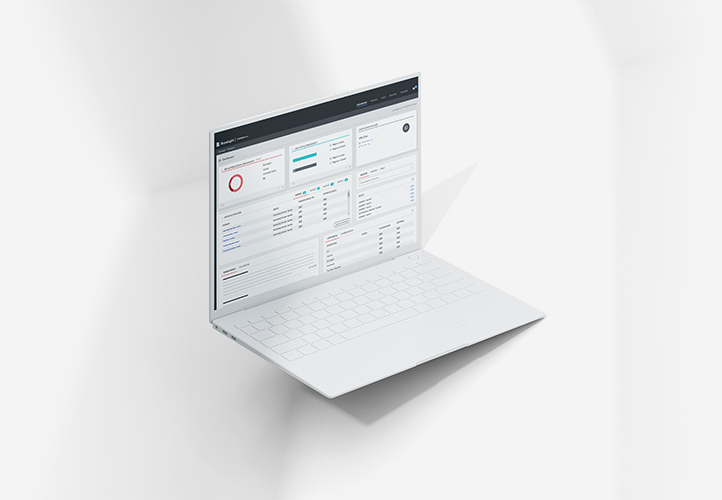Sep 29, 2020 - by Tyler Mason
Domain Redirects and Untapped Value
Out there in the wild, I find there are far too many domain name portfolios that are teeming with untapped value. They’re the static type that lead a lonely life of exile, only to be recognized as a cost-center once every year or so. And yet, they’re also the ones that often have the greatest potential.
There doesn’t seem to be a lack of awareness or desire when it comes to harnessing this potential. For example, in our recent survey of corporate domain name professionals, nearly 38% of respondents stated that pointing domains to relevant content was an extremely important goal and 48% of respondents said it was a somewhat important goal.
So why is it that we’re consistently finding up to 40% of domains in corporate portfolios that simply do not resolve to any content at all? Sure, slanderous defensive registrations get a pass here, but they don’t usually account for 40% of a portfolio!
I suspect the juxtaposition we’re seeing here actually has a lot to do with a missing business case, which is key to rallying stakeholders and obtaining the resources necessary to develop and execute a comprehensive redirect strategy.
As such, I’d like to share a philosophy that corporate domain professionals can use to gauge (and speak to) the value of the traffic that their portfolios produce on a regular basis.
Consider these two scenarios for a moment:
- A paid search campaign delivered 50,000 visitors to your website this year and cost $18,500.
- A redirected domain forwarded 10,000 visitors to your website this year and cost $25.
With the paid search campaign, you saw 1 visitor for every $2.70 spent (Avg. CPC). The redirected domain generated 400 visits for every $1.00 spent.
Now, of course, paid search and domain redirects are not the same. With paid search, you can incorporate robust keyword targeting, automated bidding, and many other powerful strategies. Furthermore, there may be no better solution than paid search if your goal is to increase volume and exposure while simultaneously gathering customer insights.
But much like paid search, domain redirects can produce a tremendous return on investment. In some scenarios, the revenue generated from redirects can even offset the costs of maintaining an entire portfolio. Redirects can also deliver precise attribution metrics by using URL campaign parameters and website analytics platforms such as Google Analytics.
I’m not attempting to pin one against the other here, and I’m certainly not advocating for budget reallocations or anything like that. The point I’m trying to get across is that paid search and domain redirects are both critical components of an organization’s digital marketing apparatus, and that capturing customer intent can and should be happening at search engines as well as navigation bars.
Considering we’re in the middle of the most rapid digital migration of our lifetimes, I also feel that the time to do so is now.
If you agree, let’s kick that cost-center legacy to the curb and find a way to turn your domain program into a revenue-generating machine. I’m happy to chat anytime if you need help or would like to further discuss.
The information contained in this blog is provided for general informational purposes about domains. It is not specific advice tailored to your situation and should not be treated as such.
The Fourth Annual Corporate Domain Name Management Survey was taken in September 2020 and results are based on 61 respondents in the US and Europe.

Tyler Mason is a Senior Domain Name Consultant. He has worked with some of the world's most valuable brands to implement domain management solutions designed to protect and promote their businesses online.
Recent posts from Tyler Mason
